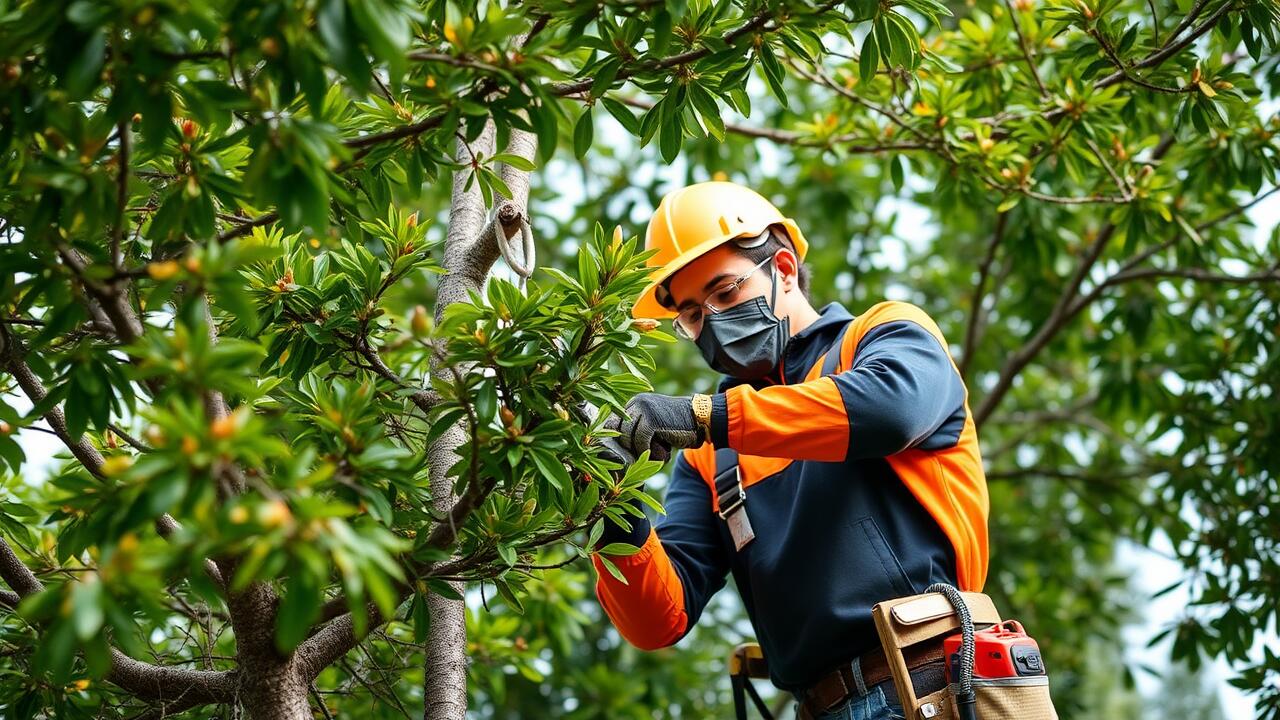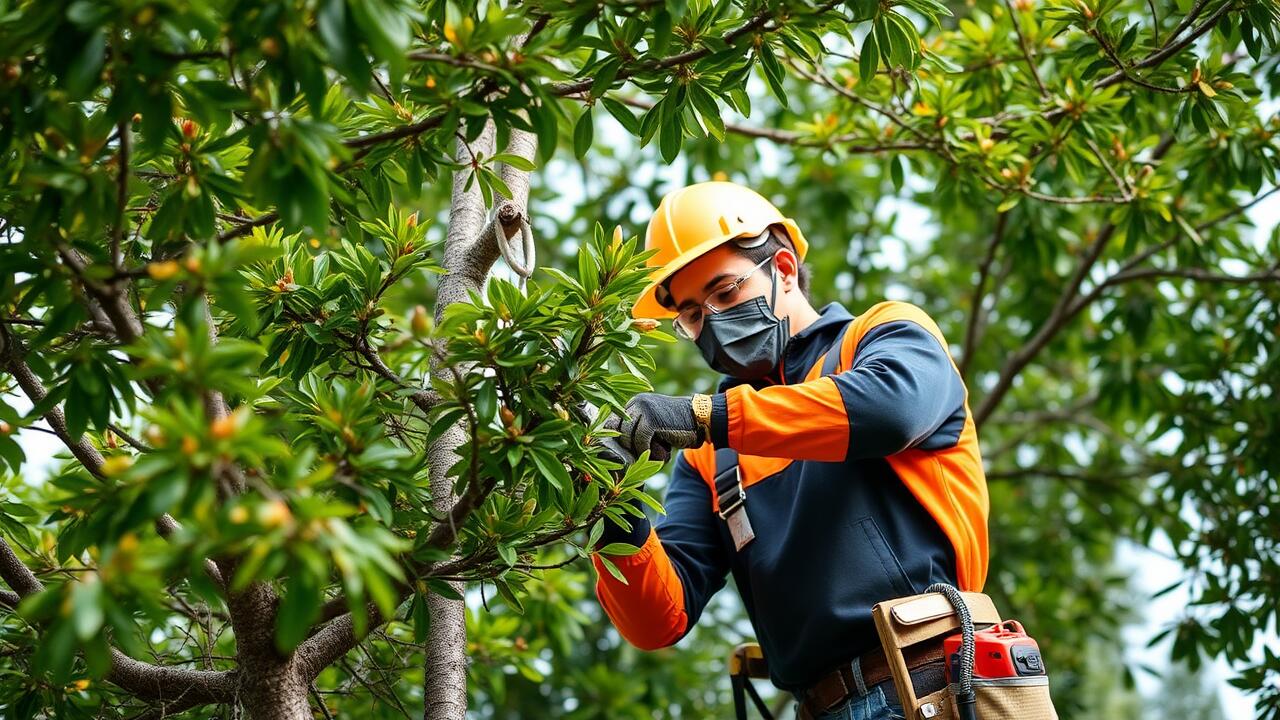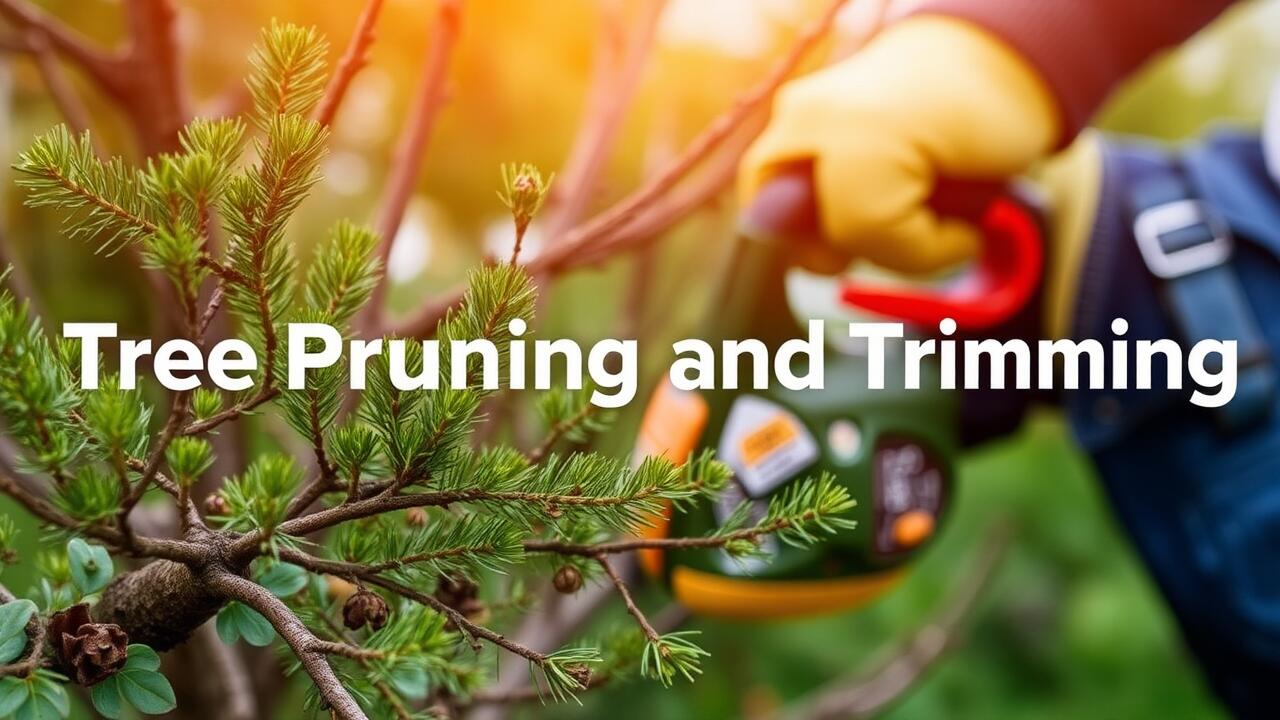
Table Of Contents
Pruning Young Trees
Young trees require careful pruning to encourage strong growth and a well-defined structure. This formative stage is crucial for developing a balanced canopy and correcting any irregularities in growth. The best time to prune young trees in Auckland is during their dormant season, ideally from late winter to early spring. This approach minimises stress and helps to ensure robust recovery as warmer weather approaches.
In Golflands, Auckland, engaging in tree pruning and trimming is essential for establishing a solid framework that supports future growth. Focus on removing any competing leaders and crowded branches, as these can hinder the tree’s development and overall health. Proper techniques applied during this early stage will set the foundation for a resilient and aesthetically pleasing tree, one that not only enhances the landscape but also thrives throughout its life.
Establishing Strong Structure and Form
Establishing a strong structure and form during the early years of a tree's life is crucial for its long-term health and stability. Young trees benefit significantly from targeted pruning that encourages a central leader and well-spaced branches. This practice not only helps shape the tree but also allows for adequate light penetration and air circulation, essential factors in preventing disease. When carrying out tree pruning and trimming in Auckland, it's important to remove any competing leaders and side branches that may disrupt the tree's natural growth pattern.
Regular pruning during the formative years can also enhance the tree's resistance to wind and other environmental stresses. By selectively removing weaker branches, the overall structure becomes more balanced and robust, which is particularly important in Auckland’s variable climate. Proper technique and timing are critical, as incorrect cuts may lead to damage or complications. Establishing this strong foundation early on allows trees to thrive as they grow, ensuring they develop into healthy, aesthetically pleasing specimens in urban and suburban landscapes.
Pruning Mature Trees
Pruning mature trees is essential for sustaining their health and appearance over time. As trees mature, they can develop denser foliage and stronger branches, which sometimes leads to overcrowding. This can hinder light penetration and air circulation, making it vital to selectively remove branches that are dead, diseased, or detract from the overall structure. Implementing proper pruning techniques not only enhances the tree's longevity but also promotes a balanced form that can contribute positively to the landscape.
Engaging in regular maintenance pruning helps to retain the beauty of mature trees while managing their growth. This process often involves trimming back excessive growth and shaping the tree to ensure it aligns with the desired aesthetic. Residents interested in preserving their trees' health and enhancing their garden's appeal may find services like Tree Pruning and Trimming in Leigh, Auckland, particularly beneficial. Professional expertise can play a significant role in executing these practices effectively, ensuring that trees remain thriving and visually appealing for years to come.
Maintaining Health and Aesthetics
Pruning mature trees is essential for maintaining their health and overall aesthetics. By removing dead or diseased branches, you can prevent the spread of pests and diseases. This practice not only encourages new growth but also ensures that the tree remains structurally sound. Regular pruning helps maintain an attractive shape, enhancing the visual appeal of your landscape. Trees that are well-maintained contribute positively to property values and the environment, making them a worthwhile investment.
In addition to promoting health, pruning plays a critical role in shaping the appearance of trees. A well-pruned tree features a balanced canopy, allowing sunlight to penetrate effectively while maintaining its natural beauty. Homeowners in areas like Mount Roskill, Auckland should consider professional services for tree pruning and trimming to achieve optimal results. Expert care not only protects the tree's health but also aligns its appearance with the surrounding environment, creating a harmonious aesthetic in your garden.
How Weather Affects Pruning
Weather plays a crucial role in determining the optimal timing for tree pruning. Rain can create muddy and slippery conditions, making it difficult to access certain areas and potentially leading to damage to both the tree and the surrounding soil. Windy weather increases the risk of branch snap and injury, particularly for recently pruned trees. It is advisable to assess the forecasts and wait for suitable weather to ensure that trees are pruned safely and effectively.
Temperature also influences the pruning schedule. During the colder months, trees enter a dormant phase, making it an ideal time for pruning as the risk of disease is diminished. However, extreme heat can stress trees, complicating recovery after pruning. Understanding these weather impacts is essential for anyone considering Tree Pruning and Trimming in Mechanics Bay, Auckland, as it allows for better decision-making regarding timing and techniques.
Impact of Rain, Wind, and Temperature
Weather conditions play a crucial role in determining the best times for pruning trees. Rain can make the ground soggy, which might jeopardise the stability of both the worker and the tree. Wind can pose similar risks, especially for taller trees that might sway and cause injury during the pruning process. Consequently, it's important to assess weather forecasts prior to scheduling any pruning activities, ensuring that conditions are safe and conducive to effective work.
Temperature also influences tree health and the effectiveness of pruning. In warmer conditions, trees may be more susceptible to stress and disease following cuts, while pruning during cold snaps can hinder recovery or lead to frost damage. Engaging a professional service like Tree Pruning and Trimming in Wellsford, Auckland, ensures that the timing aligns with seasonal patterns and the specific needs of the trees, promoting their long-term health and aesthetics.
FAQS
When is the best time to prune young trees in Auckland?
The best time to prune young trees in Auckland is during late winter to early spring, before new growth begins. This helps establish a strong structure and form while minimizing stress to the tree.
How often should I prune mature trees?
Mature trees should typically be pruned every 2 to 5 years, depending on their health and growth rate. Regular pruning helps maintain their health and aesthetic appeal.
Can I prune trees during the rainy season in Auckland?
It’s advisable to avoid pruning during heavy rain to prevent soil compaction and damage to the tree. Light pruning can be done if the weather allows, but ensure the tree has time to heal before the next rain.
How does wind affect the timing of tree pruning?
High winds can cause branches to weaken or break, making it safer to prune trees before a storm. However, it’s best to wait until the weather calms down to avoid further stress to the tree.
Should I prune trees during extreme temperatures?
Pruning during extreme heat or cold should be avoided. It’s best to prune when temperatures are moderate to promote healing and reduce the risk of stress to the tree.

